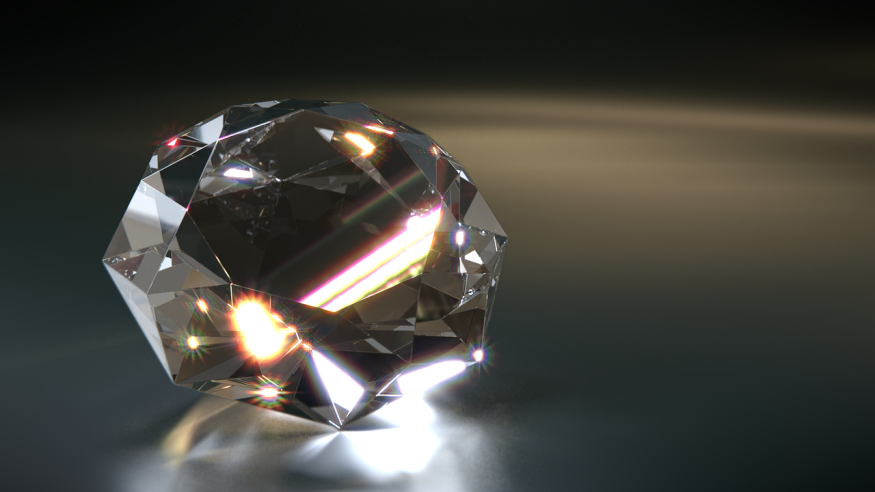Studies have shown that diamond may be the hardest material on Earth, but it is also fragile, given that it can be easily cut or even smashed due to its atomic structure. For years, scientists have synthesized a diamond that retains its hardness but is less fragile, and they might be coming close to achieving that.
A team of international researchers from the US, China, and Germany has developed a new way to create a less fragile diamond, resulting in a paracrystalline diamond with many possible uses.

Atomic Structure of a Diamond Makes It Fragile
Diamond and graphite are objects entirely made out of carbon but look different because of how the atoms are arranged. According to Scientific American, the differing properties of carbon and diamond arise from their distinct crystal structures.
Carbon atoms in a diamond are arranged tetrahedrally in which each atom is attached to four other carbon atoms at 1.544 x 10-10 meters away with a C-C-C bond angle of 109.5 degrees. This results in an infinite network of atoms that makes a diamond so strong, hard, and durable than graphite.
Moreover, a material's hardness is measured on a scale that ranks compounds based on their ability to scratch one another. A diamond can scratch all other materials at a level of 10 in the Mohs scale, named after Friedrich Mohs, who devised the measuring scale, making it the hardest material on Earth.
Diamonds are also the best conductor of heat, with a conducting ability of up to five times that copper does. Also, it can conduct sound but not electricity, which makes them a good insulator.
Researchers Developed a Way to Synthesize Paracrystalline Diamond
In the study, "Synthesis of Paracrystalline Diamond," published in the journal Nature, researchers created a less ordered type of diamond using fullerenes or also known as buckyballs, which are carbon atoms arranged in a hollow spherical shape.
Phys.org reported that like the conventional approach of creating diamonds that uses a very high temperature,s they subjected the carbon-based material to between 1,652 to 2372 °F (900 and 1,300 °C) at pressures of 27 to 30 gigapascals, which is notably lower than what is used to make commercial diamonds.
The buckyballs were forced to collapse during processing to form transparent paracrystalline diamonds that can be extracted at room temperature.
The team then looked at their finished product under an electron microscope to study its structure. They also used X-ray diffraction and atomist modeling to examine their sample further. These processes showed that the paracrystalline diamonds were made of disordered sp3-hybridized carbon similar to what they expected, achieving their goal of creating a less fragile diamond.
They noted that the diamond they created is not completely amorphous like a type of glass because it is a type of amorphous diamond paracrystal that has a medium-range order. Therefore, no plane of atoms exists, and it cannot be cut like the typical diamonds.
RELATED ARTICLE : Artificial Hexagonal Diamonds Stiffer Than Natural Cubic Diamonds, Potential Material for Industrial and Scientific Applications
Check out more news and information on Diamonds in Science Times.
© 2025 ScienceTimes.com All rights reserved. Do not reproduce without permission. The window to the world of Science Times.












